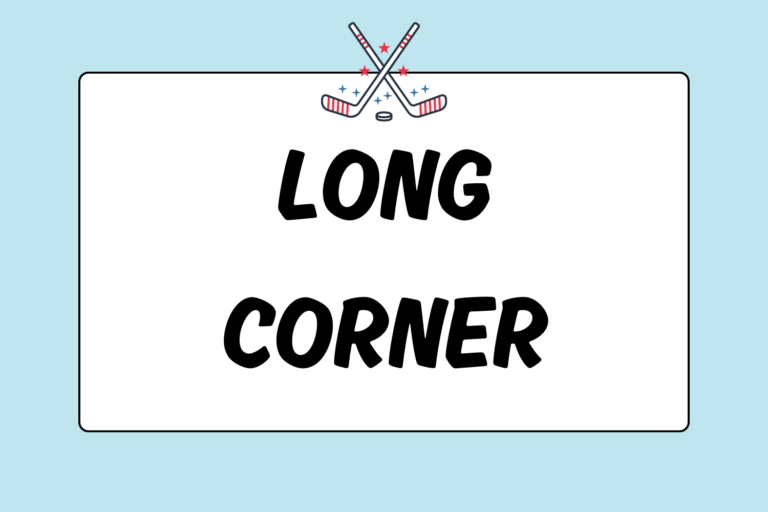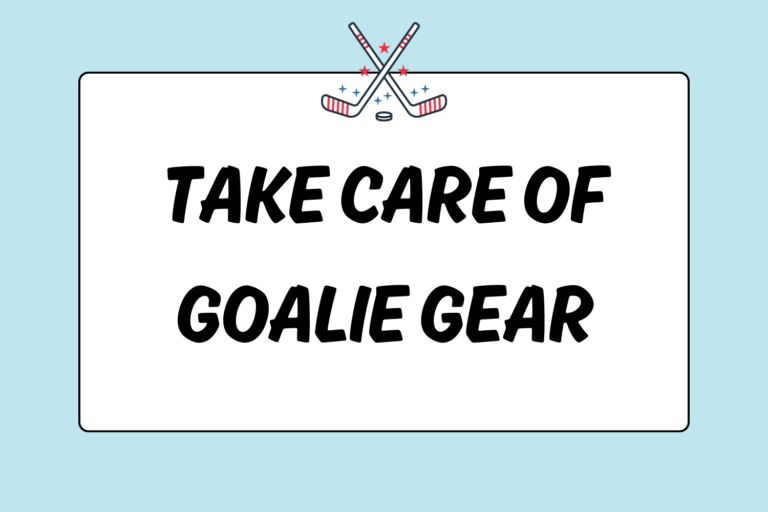Starting a new sport can be pretty intimidating. You may have no idea what to buy, how to play, or even how to get started. But since you are reading this guide, you are already on the right track! This guide will cover the basic tips for beginners. So whether you’re a parent researching for your child or a new player, this information will put you ahead in the game. Listed below are a few tips to help you get started on your field hockey career.
1. Buy a Composite Stick
If you are planning to stay with the sport, buying a composite stick is your best option. They are slightly more expensive than their wood-based counterparts, but they are worth it. Composite sticks are easier to play with because they give you more power and control. You may have to invest more money up-front by purchasing a brand name composite stick, but in the long run, it will save you money. If you buy a cheaper, starter stick from the get go, you will eventually have to purchase a more advanced composite stick — two sticks may end up costing you more than one good stick.
Choosing your field hockey stick is a combination of preference, height, and field position. But, the best way to pick your stick is by trying it out before purchasing it — most stick vendors will allow you to play with the stick before purchasing it.
For more information on buying sticks, visit our guide, Choosing a Field Hockey Stick.
2. Try Out Different Positions
There are four main positions in the game: Forward, midfield, defense, and goalie. If you are new to sports in general, get a feel for all of the positions before deciding on where you want to play. But, if you played a similar position in your previous sport, some of those skills may transfer over. For example, if you’ve played softball in the past, you can use the same wrist snap on impact to hit the ball. If you’ve played soccer, you will come into the game with an understanding on positioning and strategy, as soccer strategies are very similar to field hockey.
3. Watch as Much as Possible
To better understand your position, watch the game. Search for videos, international games, local games, or anything else you can find. When you watch, pay attention to the player in your position. Focus on where she moves when she doesn’t have possession of the ball and how she positions herself to receive passes. The more you watch, the better you will understand the game.
4. Develop Your Stick Skills
More important than being in shape is refining your stick skills. The general term, “stick skills,” refers to anything involving stick and ball play, such as dribbling, tackling, hitting, dodging, and stopping. By perfecting your skills, every aspect of your game will improve. Listed below are a few tips to help you develop your stick skills faster.
Hot Tip: Practice Dribbling with a Golf Ball
The saying goes, “If you can dribble a golf ball, you can dribble a field hockey ball.” Golf balls will help you develop finesse. Because they are so light, dribbling a golf ball will teach you to have light, accurate touches on the ball. This will make dribbling a field hockey ball more fluid.
To practice, set up cones and maneuver through them with the golf ball. You may also practice by moving the ball around your house, while switching between your strong stick and reverse stick.
Aerial Dribbling
Develop your hand-eye coordination with aerial dribbling. This technique helps your practice getting your stick in line with the ball. To aerial dribble:
- Hold the stick in the basic grip (right hand at the base of the grip and left hand at the top).
- Hold the stick in front of you, perpendicular to your body with its flat side facing the sky.
- Place a field hockey ball on the stick. (Your stick should be completely in the air and parallel to the ground.)
- Continually tap the ball into the air with the flat side of you stick.
See how many taps you can make before dropping the ball. Later, you can make it more interesting by adding tricks. See our guide, How to Aerial Dribble in Field Hockey, for more details!
Hit against a Fence
To master your hits, you need to practice. Hits are very important for game play. To perfect these, go to a local park and hit against a fence or backstop. Line up about four or five balls a few yards from the fence and practice hitting each one. Focus on your technique at first, and then add power to your hit. This will help you improve your technique in a short period of time.
Check out our guide, How to Hit the Ball in Field Hockey, for more information.
5. Develop an Elite Mentality
Approach every practice with a game-like mentality. Always be first to the ball. Perfect every hit. Learn from every mistake, and play your heart out. Practice at the level you would like to play. If you want to be the best, you have to work for it. Play like a professional would: Hustle during breaks, sprint a little bit harder, and be the first to practice and the last to leave. If you play like you want to be the best, you will become the best.
6. Go to Skill Camps
Explore the different outlets for field hockey available in your area. Club teams are a great source to use during off season. Camps are also a great way to develop your skills. Oftentimes, camps have national players teach advanced skills and tricks. If you are serious about becoming an elite player, join one of these camps.
7. Read Guides & Watch Videos
If you are reading this guide, you already have a head start on your teammates. Check out the other guides available on Educatively.com to develop your skills. During practice, coaches are coaching groups of players and have little time to devote to individual instruction. So, utilize everything Educatively has to offer and check out all the features for tips on how to improve your technique. Be your own teacher, and learn as much as you can to become a great field hockey player today!





